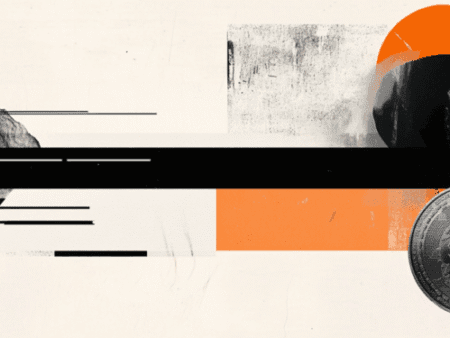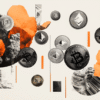- Security, stablecoins, and RWAs are the top three cryptocurrency sectors to watch in 2025, according to CoinCover executive Anthony Yeung.
- Traders should keep their wallet security simple, use common sense, and not just rely on technology.
- Whether for retail or institutional traders, the key principle is the same: diversifying risk is important.
Security is a hot topic in cryptocurrencies after the Bybit hack, the Coinbase security breach incident shared by the team on their blog, and the recent attacks faced by cryptocurrency entrepreneurs who posted details of their holdings on the internet only to be robbed or attacked hours later.
What are the top three sectors to watch in cryptocurrencies in 2025?
Stablecoins: For me, it’s the biggest topic this year. There is tangible volume going through the industry today. It’s an area that is very hot. More payment providers are adopting stablecoins to move funds economically.
RWAs: Another key area to watch. For example, people tokenizing properties for retail investors or fractionalizing them to make it easier for investors, and it’s a trend.
Security: Every year it continues to evolve. Protecting against loss of access, protecting transactions from smart contract risks, insurance, is critical to the success of the entire industry.
What are your top recommendations for traders to secure their cryptocurrency holdings?
I think I should emphasize that there is nothing that is bulletproof. Focus on layers of protection, update processes chaotically, don’t stick to the same thing over and over, change passwords, simple things to improve security.
Use the right mix of hot and cold wallets to diversify risk, establish the right process to protect against loss of access, backup codes and keys. Keep it really simple, just use common sense and don’t just rely on technology.
Is self-custody the best solution for long-term holders/investors?
You need a balanced approach to holding funds. Self-custody gives you more control, but the world has evolved and custody solutions are now much more sophisticated and much better equipped to handle more funds. With regulation improving, the risk of holding funds in a custody wallet is much lower. The natural place to start is a custody wallet, as self-custody is still very difficult to use. It’s difficult to move funds. Even crypto experts would say that. In the long term, it just depends on the amount of value. Diversifying risk is more important, and one approach may not be the right one.
Are cold wallets from exchanges the best solution to prevent hacks?
The market has evolved, and there are many options for exchanges. For retail and institutions, the concepts are the same, but the level of depth you get to is different. But many institutions can now diversify their risk much more. They can make sure their keys are backed up, keeping things segregated. Institutions are also using protection solutions to help them monitor transactions that carry risk.
Keeping funds in your own environment, rather than on exchanges, these technologies are helping institutions protect themselves against hacks. Insurance has become a hot topic, but it is complex.
What are your thoughts on the future of native tokens of Ethereum staking solutions and projects that secure user assets?
Staking is only going to continue to grow, so the upgrade to Pectra is going to attract more people to the space, whether retail or institutions. Staking could become less decentralized, but what really matters to you is that the funds are kept securely and that it is easy for institutions to interact with staking services. Minimizing security and smart contract risks is absolutely critical to the success of the staking industry. Because it only takes one big hack for people to get nervous.
Stay ahead of the curve in the fast-paced crypto world – explore the latest updates and trends at Cryptonewsfeeds.com.










